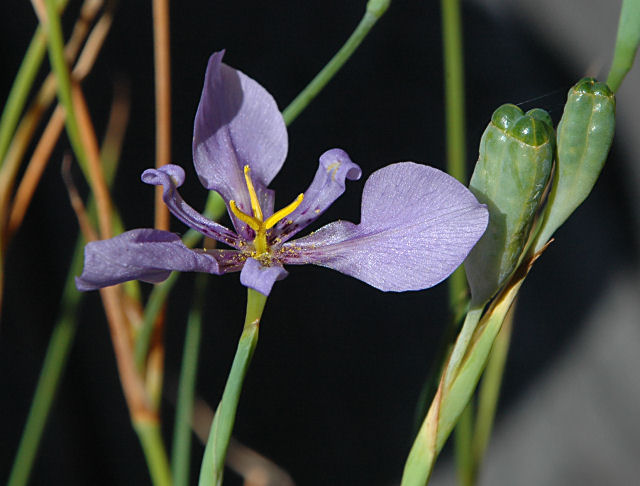Genus Abies
Since it's odorless, it is used to make boxes to hold absorbent products such as cheese, butter, lard and bacon. Canada balsam and Strasbourg turpentine are obtained from bark blisters of A. balsamea and A. alba, respectively. These are used for varnishes, mounting microscopic specimens and in medical practice. The most important timber products are the European A. alba, western North America A. grandis, A. nobilis and A. magnifica and eastern North American A. balsamea.
Pot Cultivation
Firs need deep, moist, acidic soil that has good drainage. Most of them won't tolerate dry, shallow alkaline soil, wind-swept areas or smoky air near large towns. They should be planted in the early fall and spring. Firs are so symmetrical that very little attention to pruning is necessary. Only one leader or main central shoot should be allowed to grow. If upright shoots develop they must be cut off. If it happens that a leading shoot breaks, it is useless to tie up a side branch to form a new, erect leader. The damaged top must be cut off and when new shoots develop, the strongest and best-placed one should be left to form the new leader and all others removed.Propagation
Seeds are the best way to raise new Fir trees. Sow them thinly in late spring outside or earlier in a cool greenhouse. The shoots of rare kinds may be grafted onto seedlings of a common kind under glass in the winter or spring.For this purpose, only shoots of the top of the trees should be used. Grafts that are made from the side branches usually remain small and form unsatisfactory trees. Young Fir trees are very sensitive to light, so they need to be shaded from strong, direct sun until they are two or three years old.

A. amabilis

A. Fargesii
VARIETIES
- A. alba (Silver Fir) & var. pyramidalis
- A. amabilis (Cascade Fir)
- A. balsamea (common Balsam Fir)
- A. cephalonica (Greek Fir) & var. Meyer's Dwarf
- A. cilicica;
- A. concolor (White or Colorado Fir) & var. Candicans, Compacta, Violacea
- A. Fargesii;
- A. Forrestii;
- A. Fraseri (Southern Balsam Fir)
- A. grandis (Giant Fir)
- A. homolepis (Nikko Fir - very dark green leaves, silvery beneath)
- A. koreana (Korean Fir - sm., dark green leaves, silver beneath & purple cones w/ white bracts) & var. Silberlocke;
- A. recurvata;
- A. squamata (bluish-green leaves w/ white bands beneath & purplish-brown, flaky bark);
- A. procera;
- A. nobilis (Noble Fir)
- A. Nordmanniana (Caucasian Fir) & var. Golden Spreader;
- A. Pinsapo (Spanish Fir) & var. glauca
- A. spectabilis.
- A. Vietchii (glistening, dark green leaves, silvery beneath);




